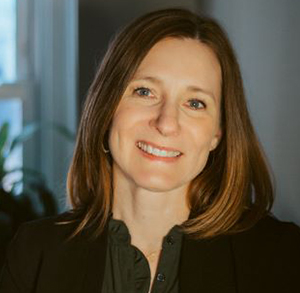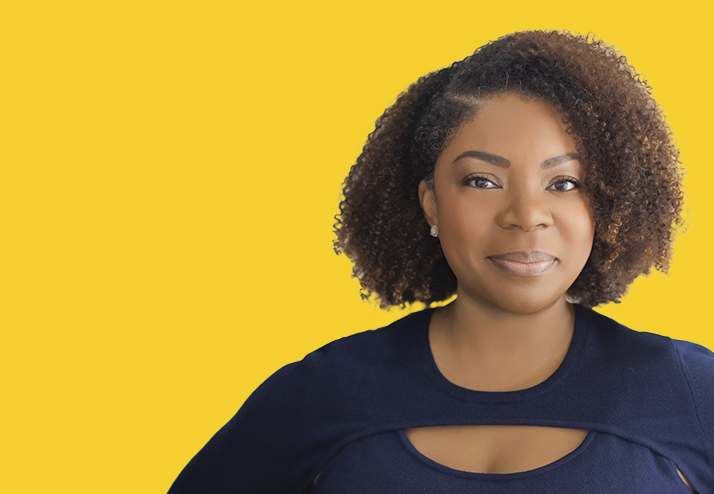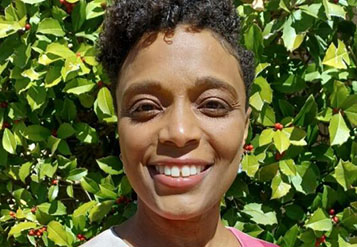EVP Message
What Does Inclusion Mean?
 Once upon a time, there was a young naïve woman who was working for a large organization based in a big city. Having been raised in the suburbs in a relatively homogeneous community, she was not very knowledgeable about diversity. It was the early aughts, so it wasn’t really something that she thought much about. When her company became an early adopter of diversity, equity, and inclusion (DEI) efforts in 2009, she didn’t fully understand. She wasn’t ignorant of racial prejudice and inequality, she just thought once you make it through college and into the corporate world, that racial issues were less of a factor. That everyone was on equal footing. Of course, she was very wrong.
Once upon a time, there was a young naïve woman who was working for a large organization based in a big city. Having been raised in the suburbs in a relatively homogeneous community, she was not very knowledgeable about diversity. It was the early aughts, so it wasn’t really something that she thought much about. When her company became an early adopter of diversity, equity, and inclusion (DEI) efforts in 2009, she didn’t fully understand. She wasn’t ignorant of racial prejudice and inequality, she just thought once you make it through college and into the corporate world, that racial issues were less of a factor. That everyone was on equal footing. Of course, she was very wrong.
And if you haven’t already figured out who this woman is, it’s me.
The first big moment of realization I had was when I was attending a conference, and the speaker was one of the first black partners at a Big Four accounting firm. He told the story of how when he first started at the firm, he was the only person of color in his hiring class and felt very isolated. Nobody there looked like him, nobody had the same life experiences, and nobody talked like him. He didn’t feel like he could be his authentic self. That had a huge impact on his professional experience. I finally got it, but still had so much to learn and understand.
Fast forward many years. And what I now know is that my perspective was one of privilege. Not rich privilege, as I did not grow up wealthy. But privilege in terms of being a White woman. My learning journey continues, especially as I am now in a leadership role at the National Association of Enrolled Agents (NAEA). I think a lot about what inclusion means at the NAEA and how it can mean many things to each person. But one universal truth applies to all: a true commitment to diversity, equity, and inclusion requires constant listening and understanding.
The tax profession is very diverse, and we strive to create an inclusive community where all EAs are welcome and supported. NAEA membership data is limited, but of the 20 percent of members who have provided their race and ethnicity, more than 30 percent of them are non-White. Of course, diversity is not just limited to race and ethnicity. Workforce experts define the other types of diversity as religion, culture, age, gender, gender identity, sexual orientation, physical disabilities, and neurodivergence. Each of these segments have their own unique experiences and needs. Addressing these differences does not take away from or deny the same opportunity to anyone else. Inclusion for one doesn’t mean exclusion for anyone else. Unfortunately, I think that’s a common misperception.
Inclusion here means that the NAEA is committed to providing an opportunity for all enrolled agents to be successful in their careers and supported as members of the NAEA. But even though the commitment is there, we may not always get it right. There will be bumps along the way. And, as a very wise mentor once told me, organizational success in this area must be measured in inches, not miles.
The strategic plan developed in 2021 expanded our focus to empowering all enrolled agents and efforts so far have been focused on education. The DEI Committee that was created under that plan has been curating and creating content to raise awareness and share diverse perspectives with members.
Research shows that diversity, equity, and inclusion are very important to the next generations and these professionals will help shape the future of this organization and the profession so let’s show our support with our efforts in the next iteration of the strategic plan developing in 2024, with a focus on enhancing our DEI efforts and tying them into the broader strategy.



